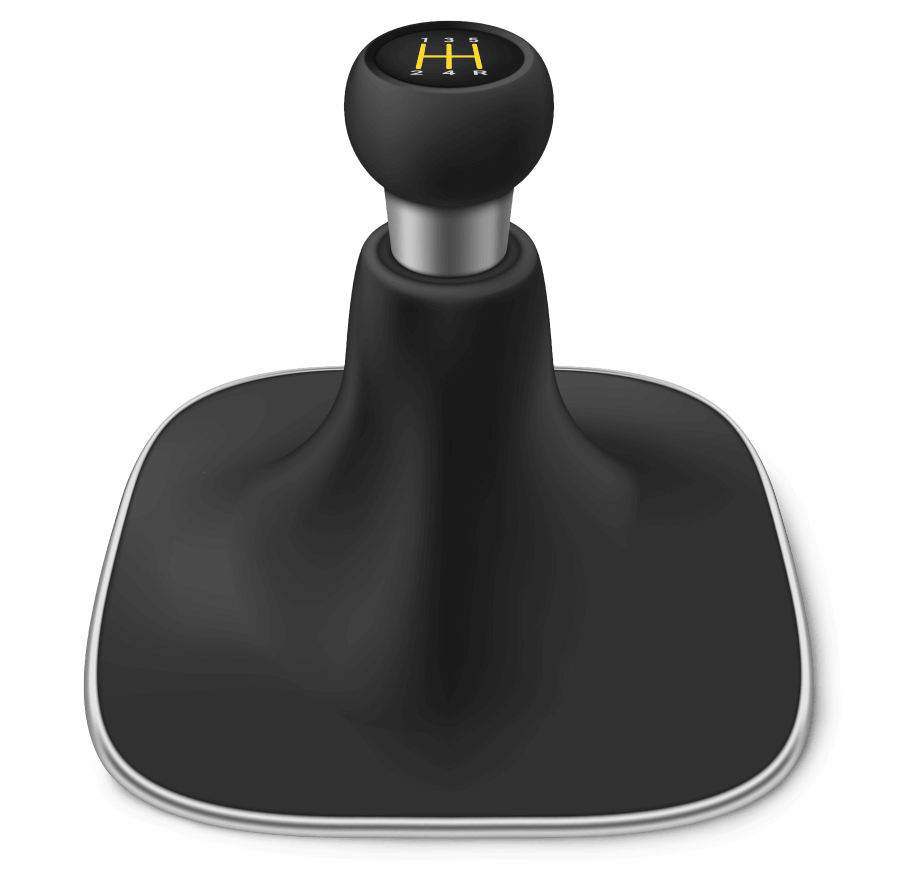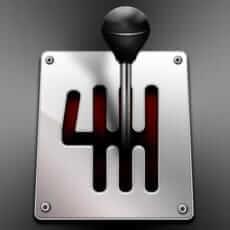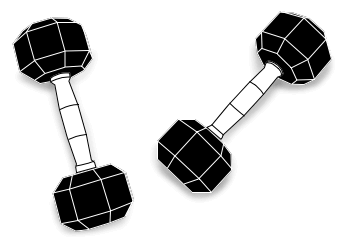There’s something inherently masculine about revving a car’s engines. No doubt a primal instinct that triggers our animal brain to recognize the roar of power. Driving, at its best, is a blend of science, art and athleticism, and it's never felt more than when behind the wheel of a manual transmission car. Driving a stick shift really connects you to your vehicle and to the road as a whole. It's all very analog, in the best possible way. When shifting gears, you really have to pay attention to just about everything going on. It's a visceral art form.

But it's also a dying art form. While manual transmission cars have become something of a favorite for car guys and collectors, fewer and fewer stick-shift cars are being produced. According to the New York Times, only about one percent of cars produced for sale in America have a manual transmission. Of course, there are plenty of enthusiasts that are fighting for a renaissance. Stick-shift loyalists aren't taking the electric car revolution lying down and some automakers are hearing their cries, developing stick shifts just for fun.
They're not extinct yet, but if you're at all concerned about manual transmission cars fading into obscurity, now's the time to learn how to drive one. And don't feel bad, only around 18% of American drivers know how to handle that stick shift. In fact, some have jokingly called it the “millennial anti-theft device” because so few people under the age of 45 actually know how to operate a manual transmission car. But you're not one to shy away from a challenge, are you?
Advertisement
Mastering the art of driving a manual car opens up a world of driving pleasure and a deeper understanding of how cars operate. You can ask a friend or even take a proper class. Or you could start to practice on your own. But before you get moving, there are a few things that you'll want to have in place. Before you even start the car's ignition, make sure you understand the basics. Unlike automatic transmissions, manual transmissions require the driver to manually engage and disengage the gears. Familiarize yourself with the gear shift pattern (usually H-shaped) and understand the function of the clutch pedal. Car and Driver says the “mechanism both engages and disengages your power transmission from the driving shaft to the driven shaft.” Essentially, it allows you to speed up or slow down by disconnecting the engine from the wheels without switching it off.
To successfully drive a stick, you'll need to combine a sequence of hand and foot movements—a combination of releasing the clutch gradually while applying the right amount of throttle. You also must be attuned to the sound of the car, the overall feel of the engine and the rhythm of the transmission. It all seems like a lot coming at you when you're starting out, but with ample practice, it'll soon feel like second nature. Stalling out in the beginning is only natural. This is why you should tackle this stage in an empty parking lot.
We're not going to go into the whole step-by-step process of learning how to drive shift. That's something that you learn in the car. But once you're comfortable with the basics, you can explore advanced techniques such as rev-matching for smoother downshifts and heel-and-toe shifting for performance driving. These techniques enhance your overall control and driving experience. So why not give it a try? You never want to be in a situation where someone tosses you some keys to a beautiful vintage car only to find out that you don't know how to drive it. Even if you don't use your stick-shifting skills very often, it's worth learning ... just in case.
Learn It
From Your Phone
Before you get behind the wheel, give it a try from the palm of your hand. This game, designed specifically for iPhones, let’s you choose a type of car and then mimics the driving experience, including stalling out if you make a mistake.
Advertisement

































